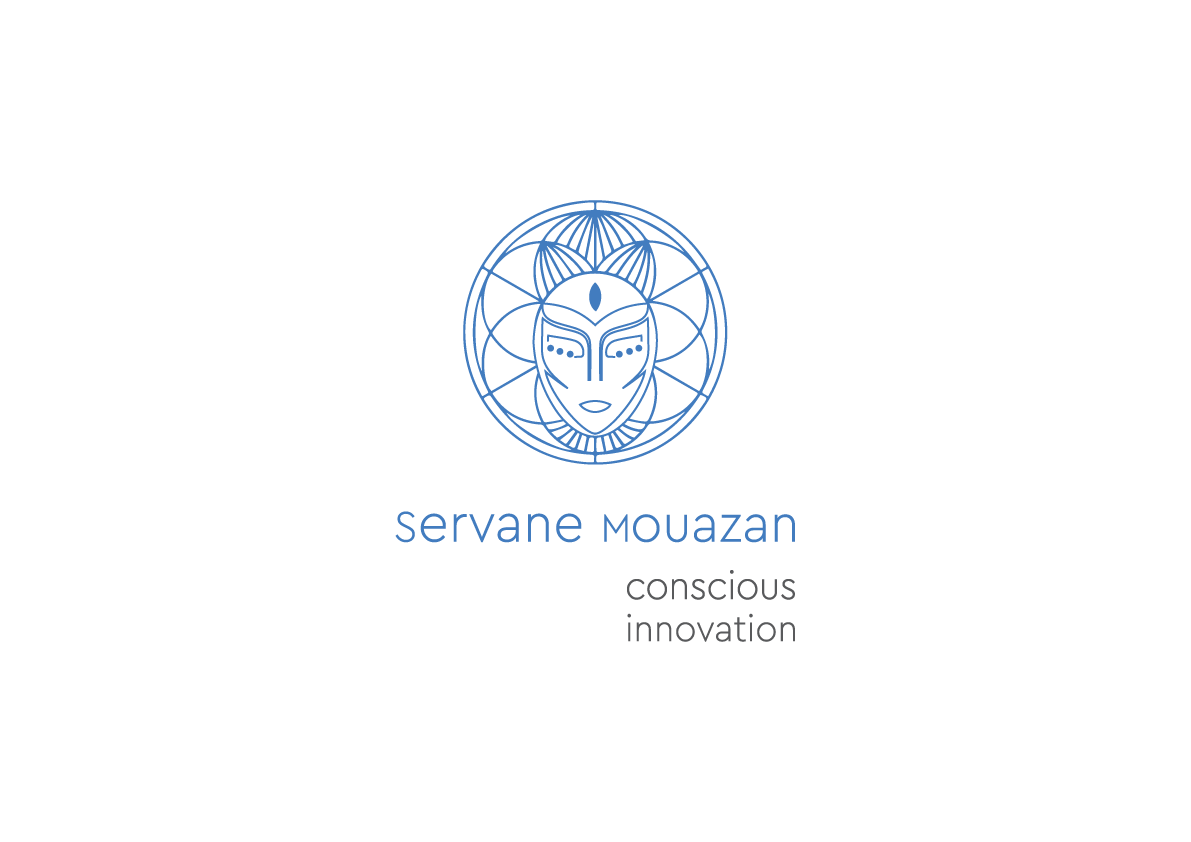There is something sad about needing a “quick-fix” plan as a solution to a thorny issue instead of taking the time to pause and think through underlying issues first.
We’ve all been there.
We’re in a rush, we brush up on feelings and the knots in the stomach, and we want the easiest way out.
Maybe it’s a quick-fix solution or maybe it’s just putting off the hard part until later.
There are moments when we have a tendency to wish for a bullet point plan that will look like “The Work” is done…
Or jump to conclusions and make decisions based on what feels right at that moment.
This is helpful when your house is on fire.
But what if your house isn’t actually burning down?
What if it’s just feeling a little warm and the issue is somewhere else?
Imagine a time in the near future when your thorny issues get solved… but not by a plan first.
When we hear ourselves saying “I need a plan”, we might imagine a quick-fix solution that will be the answer to our problems.
Rushing into “the plan” is a bit like believing in flatpack instructions, without understanding what has come into it, what it is supposed to achieve and for what purposes.
And it can be misleading.
It can actually cause more disillusion and potentially more harm than good for our work, life and wellness goals.
In our “flatpack instructions” plan, we often read:
- “What I need to do is”…
- Do exercise every day
- Use my willpower to stay motivated.
- Start my own business
- Grow my network
- Look for my next job
- Make that “problem” (*insert circumstance or person) vanish
- ??
What makes us go for a quick fix
Taking shortcuts is natural. Why would you consider pausing and digging deep when everything around you wants you to have an answer in no time when you can “google it” or get an AI prompt for it?
Why would you spend time thinking about it at the risk of being distracted and swept into a rabbit hole?
Yes, why would you?
In – often interrupted – surface thinking, the brain will often come up with some answers and create the illusion that you’ve been productive; it will give you the confidence that your issue is under control; you might even have a gratifying feeling that validates this thought.
So what?
The consequence of a “flatpack instructions” or quick-fix plan is that we are left with even more “how to” questions at the end than when we started.
And often, after the initial high, the problem comes back with a vengeance.
Feels familiar?
Quick-fix plans don’t give us room to breathe
A room to breathe means being able to grasp what the real challenge is about, see our reflection process clearly and tune in our progress with perspective too.
Failing that, quick-fix plans can lead us down paths where we feel discouraged by our lack of progress or even worse: stuck in an unhealthy situation because there was no way out except through drastic – and sometimes irrelevant – measures!
What we might need instead
- What if you considered spending a ratio of 2:1 (even 4:1! Go on, be generous!) amount of time on the “what’s going on here, really” instead of “How do I fix this?” or “Where do I go next?”
- When you hear yourself blaming externalities, spend a moment looking at your perceptions, your assumptions, and your perspectives (suspend judgment).
- Observe how the situation might look, feel, or sound like, from your perspective, then from a different perspective. There again, suspend judgment.
- Then reflect on what you really want to accomplish or the difference you would like to see, if you knew there was no consequence, no interruption, no pointed fingers, no judgment.
- Take a bit of time out each day to reflect on what you’ve discovered, how far you’ve come in understanding what lies behind the complexity of the situation and the mini steps you’ve taken towards your desired outcome.
And pause
When we make quick fixes instead of taking the time needed for thoughtful reflection, our actions often lead us down paths that aren’t sustainable over long periods of time or even at all.
They may seem like good ideas at first glance but ultimately prove ineffective in solving whatever problem they were supposed to solve (or worse yet create new ones).
The merry-go-round isn’t fun anymore.
But what if there was another way?
What if we paused and thought about the landscape in front and within us instead?
What if we looked at patterns, themes, and feelings instead?
Taking some time out of your day to pause and think independently, with someone who is genuinely interested in where your thoughts are going next, could help prevent serious damage from occurring later, or staleness to prevail.
Some avenues:
- Have a kind thinking partner for a confidential thinking session. Someone who will not judge you, who will not interrupt you, who won’t even advise
- Start time-bound thinking circles with your team with no other aim than to “peel the onion”, with candour and no attachment, and uncover people’s limiting assumptions.
- Give people an equal amount of time to speak, or think, for and as themselves.
- Let ideas build up on each other, with “Yes, and…” vs. debating or opposing.
- Notice what’s good and share it. (Focus on appreciation, not gratitude)
Your takeaway?
What are your freshest thoughts?
Servane
I help Impact Investors Re-Imagine & Action Positive Strategic Futures. I am a Board Adviser, a Time To Think coach and facilitator, ICF PCC, Ex CEO, and the very happy “Coachalist” on the “Be & Think in the House of Trust” Podcast.




